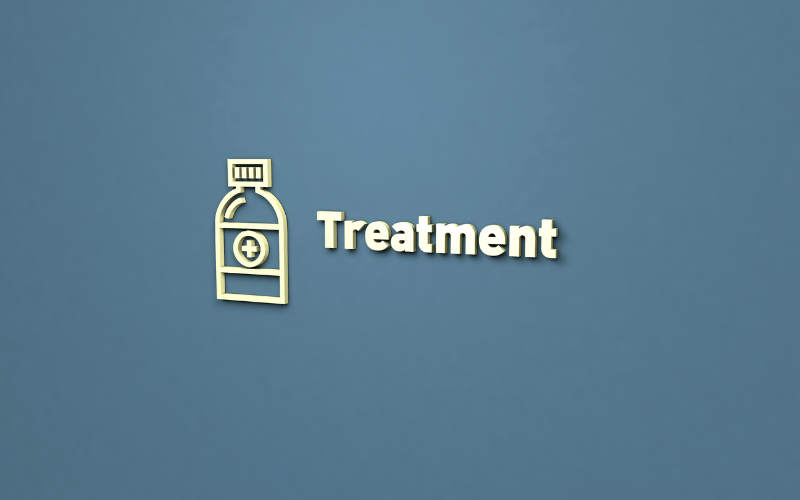Fact 5: Treatment Options

For many, the initial response to spotting a periungual wart is to opt for over-the-counter treatments. Solutions, often containing salicylic acid, are commonly available and can be effective in treating early-stage warts. These treatments aim to exfoliate the wart gradually, layer by layer. However, given the sensitivity of the periungual region, caution is advised.
A more clinical approach involves using cryotherapy. This method employs extremely cold substances, typically liquid nitrogen, to freeze the wart, causing it to die and eventually fall off. While effective, the procedure can be slightly painful, and sometimes multiple sessions might be required for complete removal.
Laser therapy, which uses an intense beam of light, is another avenue available for periungual wart treatment. The laser’s energy is directed towards the wart, breaking it down. This method is precise and minimizes damage to surrounding tissues. However, it’s often considered for warts that haven’t responded to other treatments.
For persistent warts, a surgical option remains on the table. Here, under local anesthesia, the wart is excised or cut away. Given its invasive nature, this option is usually reserved for warts that are large, deeply rooted, or unresponsive to other treatments.
A less conventional but emerging treatment involves leveraging the body’s immune system to tackle the wart. Topical treatments, which might include substances like imiquimod, work by stimulating the body’s immune response against the virus causing the wart. This method, while promising, is used based on individual assessment and the wart’s characteristics. (5)